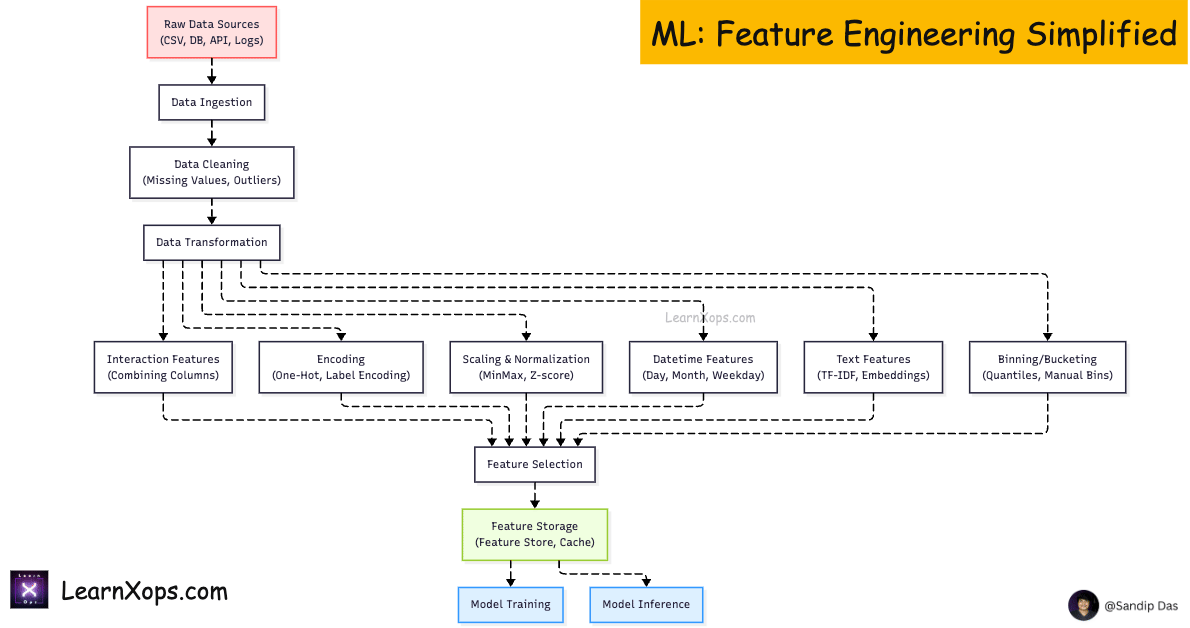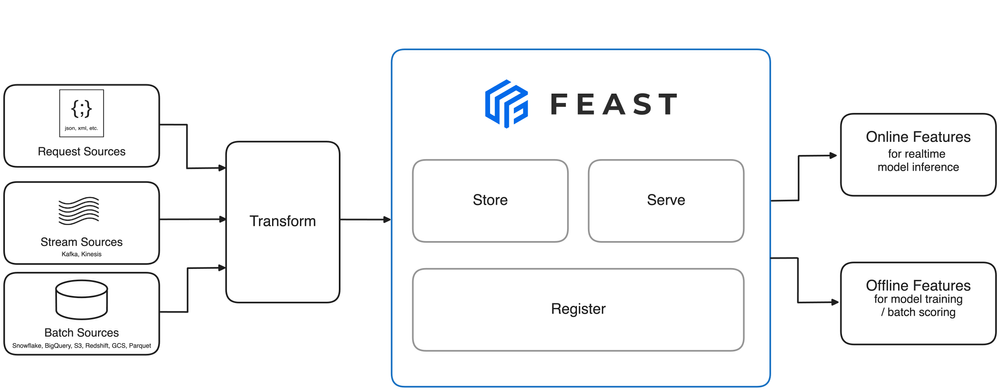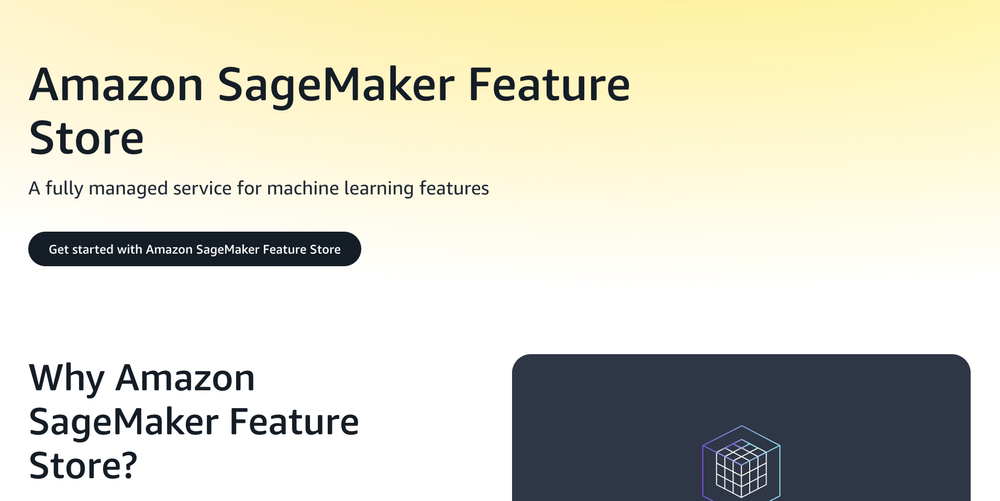 Feature Engineering & Feature Stores – Fueling ML with Quality Features
Feature Engineering & Feature Stores – Fueling ML with Quality Features
High‑quality, consistent features power great models. Feature stores enable reusability and consistency across training and serving.
Key Learnings
- What feature engineering is and why it’s crucial for ML success.
- Types of features and common transformations.
- Challenges in feature consistency across train vs inference.
- What feature stores are and how they help.
- Popular feature stores overview: Feast, Tecton, SageMaker Feature Store.
Learn: What is Feature Engineering?
Transform raw data into meaningful input features that improve model performance and generalization.

Why It’s Crucial
- Garbage in, garbage out — quality features drive model accuracy.
- Integrates domain knowledge and reduces noise.
- Improves generalization and reduces overfitting.
- Enables consistent training and inference pipelines.
Practical Example
Feature engineering on house_prices.csv including house age, size per room, one‑hot location, and scaling.
import pandas as pd
from sklearn.preprocessing import StandardScaler
# Load CSV
df = pd.read_csv('house_prices.csv')
# Create features
current_year = 2025
df['house_age'] = current_year - df['built_year']
df['size_per_room'] = df['size_sqft'] / df['bedrooms']
# One-hot encode 'location'
df = pd.get_dummies(df, columns=['location'], prefix='location')
# Normalize numerical features
scaler = StandardScaler()
df[['size_sqft', 'house_age', 'size_per_room']] = scaler.fit_transform(
df[['size_sqft', 'house_age', 'size_per_room']]
)
# Drop unused columns
df = df.drop(['built_year'], axis=1)
# Save
df.to_csv('house_prices_engineered.csv', index=False)
print("🧠 Final Feature Engineered DataFrame:")
print(df.head())Common Feature Types
- Numerical, Categorical, Ordinal, Binary
- Datetime, Text/NLP, Boolean
- Geospatial, Image/Audio, Sensor/IoT
Transforms
- Encoding, Scaling, Binning, Datetime extraction
- NLP tokenization, Log transforms, Interactions
- Imputation, Polynomial features, Quantiles
Challenges in Consistency (Train vs Serve)
- Code duplication across stacks causes drift.
- Data/feature drift over time degrades accuracy.
- Transformation mismatches at inference.
- Missing/late features, latency constraints, schema changes.
- Versioning and environment differences break reproducibility.
What is a Feature Store?
Central repository to define, manage, and serve features consistently for training and inference.
- Feature registry, ingestion pipelines
- Online store for low‑latency serving; offline store for training
- Transformation services, lineage, governance
Feast (Open Source)
Open-source feature store supporting batch and real‑time, with online/offline stores and a pluggable backend.
pip install feast
feast init feast_project
cd feast_project
# Define a FileSource and FeatureView (example)
from datetime import timedelta
from feast import Entity, FeatureView, Field, FileSource
from feast.types import Int64, Float64
engagement_source = FileSource(
path="customer_engagement.csv",
timestamp_field="signup_date"
)
customer = Entity(name="customer_id", join_keys=["customer_id"])
engagement_fv = FeatureView(
name="engagement_fv",
entities=["customer_id"],
ttl=timedelta(days=365),
schema=[
Field(name="last_login_days", dtype=Int64),
Field(name="num_sessions", dtype=Int64),
Field(name="avg_session_duration", dtype=Float64),
],
source=engagement_source
)
Tecton (Managed)
Enterprise managed feature store with declarative pipelines, lineage, monitoring, and both streaming/batch support.
- Automated transformations, versioning, governance
- Integrates with Snowflake, Spark, Kafka

SageMaker Feature Store
Fully managed AWS feature store with deep integration into SageMaker, IAM, encryption, and online/offline sync.
- Use within AWS‑native ML workflows
- CloudWatch observability and Glue/Athena integration

Challenges
- Perform basic feature engineering on a CSV dataset using Pandas.
- Use scikit‑learn pipelines to automate transformations.
- Install Feast, init a repo, and define a FeatureView.
- Simulate online/offline serving with Feast + SQLite.
- Write “Intro to Feature Stores with Feast + Python” in your README/blog.
- Try Feast with BigQuery or Redis as the online store.